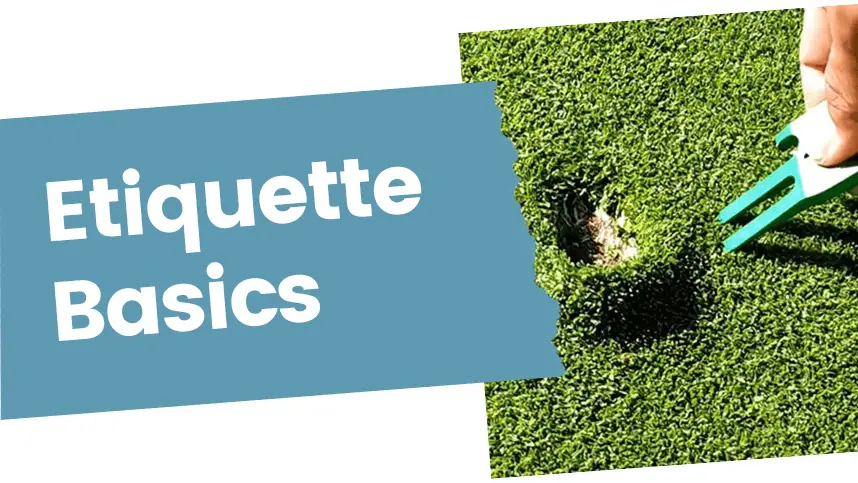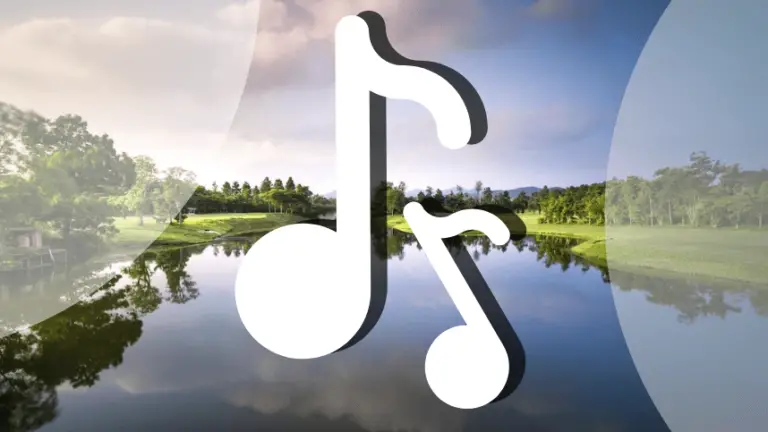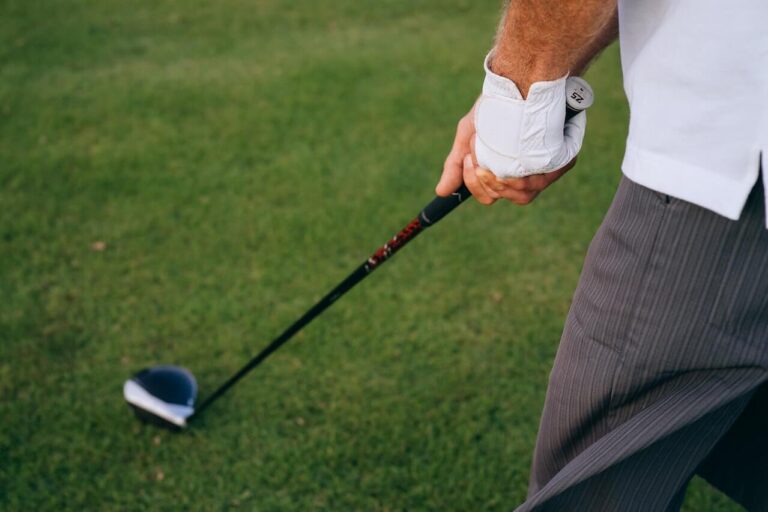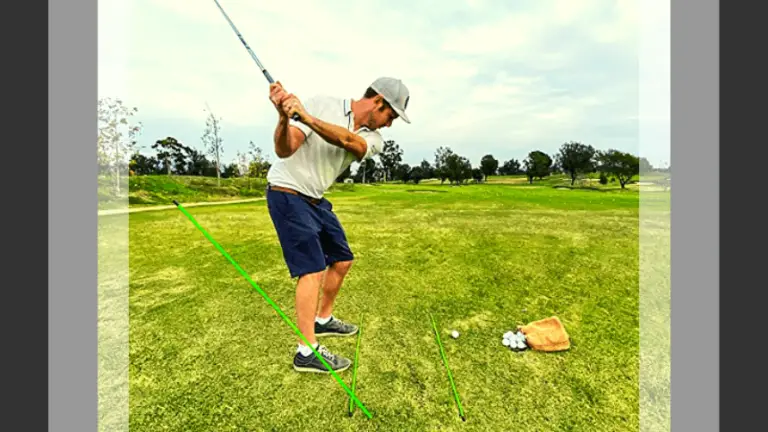The Basics of Golf Etiquette

One of the most important aspects of the game is proper etiquette, which refers to the rules of behavior that are followed by players on the course. Golf etiquette helps to ensure that the game is played in a fair and respectful manner, and it also helps to maintain the integrity of the course.
So, what is golf etiquette? Essentially, it is a set of unwritten rules that are followed by players in order to show respect for their opponents, the course, and the game itself. These rules cover a wide range of topics, from the way that players dress and behave on the course, to the way that they interact with one another and maintain the course.
Why is golf etiquette important? In addition to helping to ensure that the game is played in a fair and respectful manner, proper etiquette is also important because it helps to maintain the integrity of the course. By following the rules of etiquette, players can help to protect the course from damage and ensure that it remains in good condition for all players to enjoy. Additionally, good etiquette helps to create a positive and enjoyable atmosphere on the course, which is important for all players. So it’s important to familiarize yourself with the basics of golf etiquette.
Etiquette On the Course
Dress code: Golf courses typically have a dress code in place, which is designed to ensure that players are dressed appropriately for the game. Generally, this means wearing collared shirts, slacks or golf shorts, and golf shoes. Players should also avoid wearing clothing with offensive or distracting logos or graphics.
Maintaining the course: Golf courses are carefully maintained, and players have a responsibility to help keep them in good condition. This means repairing divots (chunks of grass that are dug up when a player hits the ball), filling in ball marks (small indentations made by the ball on the green), and raking bunkers (areas of sand on the course).
Playing out of turn: Golf is a game that is played in turn, and players should be mindful of this when they are on the course. This means that players should allow the person whose turn it is to play their shot before hitting their own, and should not hit their shot until the group ahead of them has finished. Additionally, players should avoid practicing shots or hitting balls while they are waiting for their turn to play.
Interacting with Other Players
Introduction and farewell: Golf is a social game, and it is customary to introduce yourself to your opponents when you begin a round. Players should also shake hands with their playing partners when the round is over, regardless of outcomes.
Slowing down play: It is important for players to keep up with the pace of play in order to ensure that the game is enjoyable for everyone. Players should be ready to hit their shots when it is their turn and should avoid taking an excessive amount of time to line up their shots or make decisions on the course.
Repairing the course: Golf courses are carefully maintained, and players have a responsibility to help keep them in good condition. This means repairing divots, filling in ball marks, and raking bunkers. Players should take the time to fix any damage that they have caused to the course, as this helps to maintain the playing conditions for everyone.
Etiquette On the Green
Marking and replacing the ball: When a player’s ball is on the green, they should mark its position with a coin or a ball marker before picking it up. This helps to ensure that the ball is returned to its original position when the player puts it back down.
Putting etiquette: There are a few key rules of etiquette that players should follow when putting on the green. Players should wait for their turn to putt and should avoid standing too close to the hole or another player’s line. Additionally, players should avoid making unnecessary noise or movement when someone else is putting, as this can be distracting.
Conceding a putt: In some cases, a player may choose to concede a putt to their opponent. This means that they allow their opponent to pick up their ball and count it as a made putt. Players should only concede a putt if they are sure that their opponent would have made the putt, as this helps to speed up play.
Final Thoughts on Golf Etiquette
In this article, we’ve covered the basics of golf etiquette. Some key points to remember include: dressing appropriately for the course, maintaining the course and repairing any damage that you cause, interacting with other players in a friendly and respectful manner, and following proper protocol on the green. By following these guidelines, you can help to ensure that your rounds of golf are enjoyable for everyone. Remember, golf etiquette is not just about following the rules – it’s also about showing respect for your opponents, the course, and the game itself. So the next time you hit the links, be sure to keep these principles in mind.






